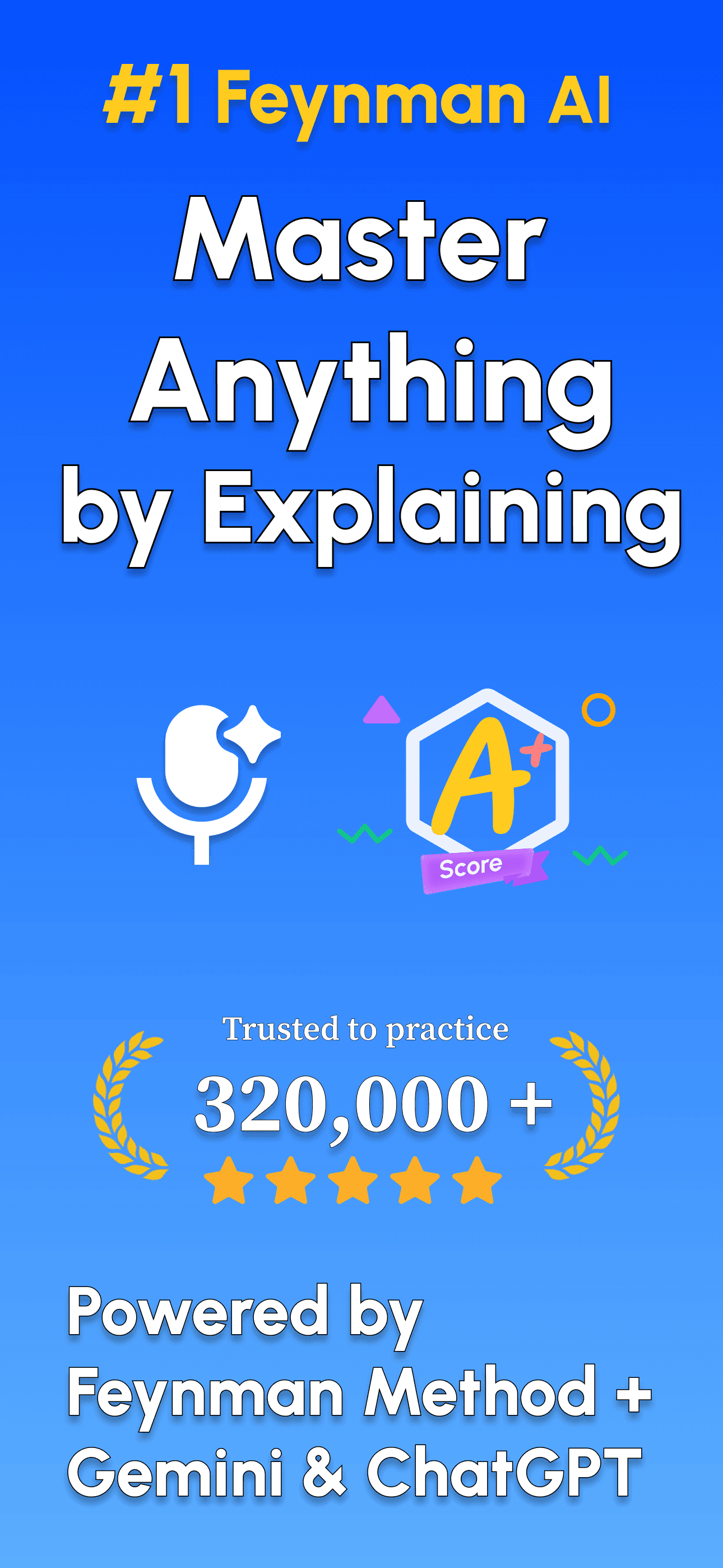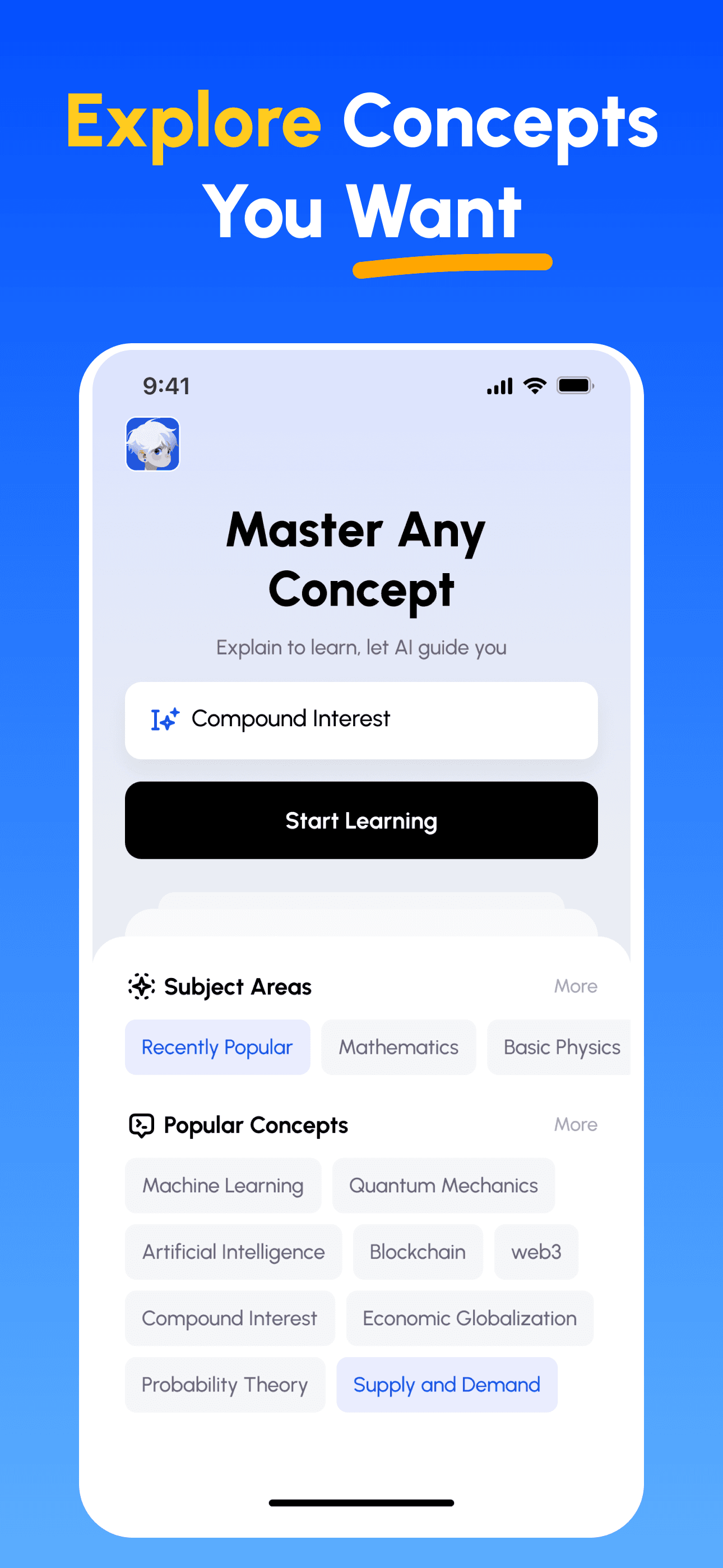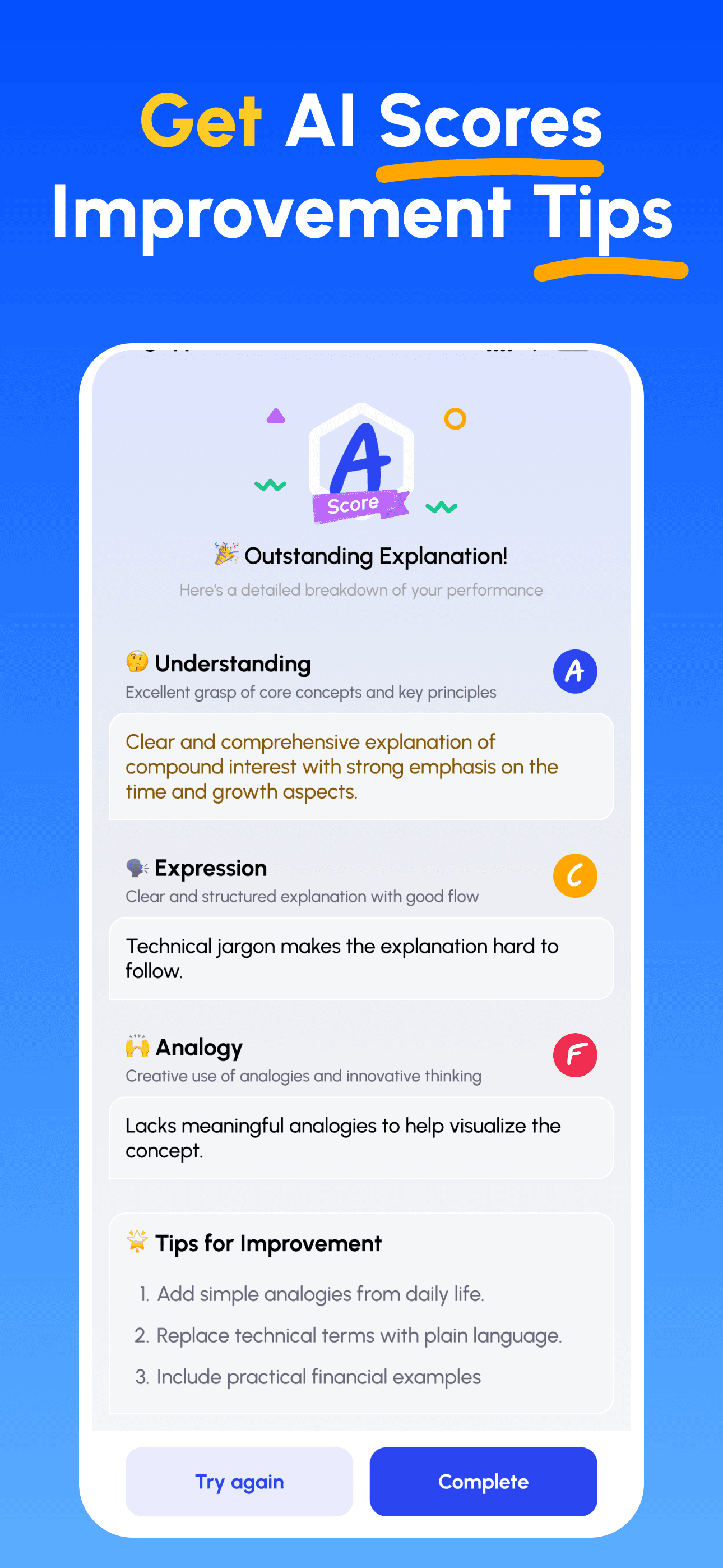Blockchain
A blockchain is like a shared, unchangeable digital notebook that everyone can see and trust, making it super secure. 🔒
Introdução Breve
Imagine a digital ledger that's copied and shared across many computers instead of just one. This is a blockchain! It's used to securely record information, like transactions, agreements, or even votes, making it nearly impossible to cheat or alter the records. Think of it as a super-transparent and trustworthy way to keep track of things. ✨
Explicação Principal
Shared and Distributed Ledger
Instead of one central place storing information, a blockchain distributes copies of the ledger to many computers (nodes). Everyone has a copy! If someone tries to change their copy, all the other copies will show that it's different, making fraud really hard. Think of it like having many identical notebooks spread across different people – if one person tries to scribble something out, everyone else's notebook will still show the correct information. 📒 ➡️ 🧑🤝🧑
Blocks of Information
Information is grouped into 'blocks'. Each block contains data, like transaction details, and a 'hash', which is like a unique fingerprint. When a new block is created, it's linked to the previous block, creating a chain. Imagine building with LEGO bricks – each brick (block) contains some information, and they're all connected in a specific order. 🧱
Cryptography and Security
Blockchains use cryptography, which is like a super-advanced form of coding, to secure the blocks. This makes it very difficult to tamper with the data inside. Also, each block's 'hash' is based on the hash of the previous block, so if someone changes a block, the hash changes, and the chain is broken. It's like if you changed one word in a long password - the whole thing becomes invalid. 🔑
Consensus Mechanism
Before a new block is added to the chain, the network needs to agree that the information is valid. This agreement is reached through something called a 'consensus mechanism'. One common method is 'proof-of-work', where computers solve complex problems to validate transactions. Think of it like a group vote – before something is officially recorded, most people need to agree it's correct. ✅
Exemplos
- Imagine you and your friends are creating a shared list of who owes who money after a trip. Instead of one person keeping the list, everyone has a copy. When someone pays back, the transaction is written down in everyone's list at the same time. This shared, updated list is like a blockchain. 📝
- Think of voting in an election. Instead of paper ballots that can be tampered with, votes are recorded on a blockchain. Everyone can see the votes, but no one can change them after they're cast. This makes the election more transparent and trustworthy. 🗳️
- Consider tracking a package delivery. Each step of the journey (scanned at warehouse, on the truck, delivered) is recorded as a block on a blockchain. Everyone involved – sender, delivery company, receiver – can see the package's progress in real-time, and the record is immutable, preventing disputes about its location or delivery status. 📦
Domine Qualquer Matéria em 3 Passos Simples
- Escolha Seu Objetivo de Aprendizado: Selecione entre centenas de conceitos em ciências, negócios, humanidades e habilidades profissionais. Divida tópicos complexos em partes gerenciáveis.
- Aprenda Ensinando: Use nossa plataforma com IA para explicar conceitos como se estivesse ensinando outros. Descubra e preencha lacunas de conhecimento instantaneamente.
- Receba Orientação Especializada da IA: Obtenha feedback imediato e detalhado sobre sua compreensão, clareza de explicação e habilidades de aplicação prática.
- Revise pontuações e melhore: Siga dicas direcionadas, refine sua explicação e itere até poder ensiná‑la com simplicidade.
Baixe Feynman AI Agora
Comece sua jornada para uma melhor comunicação hoje!




